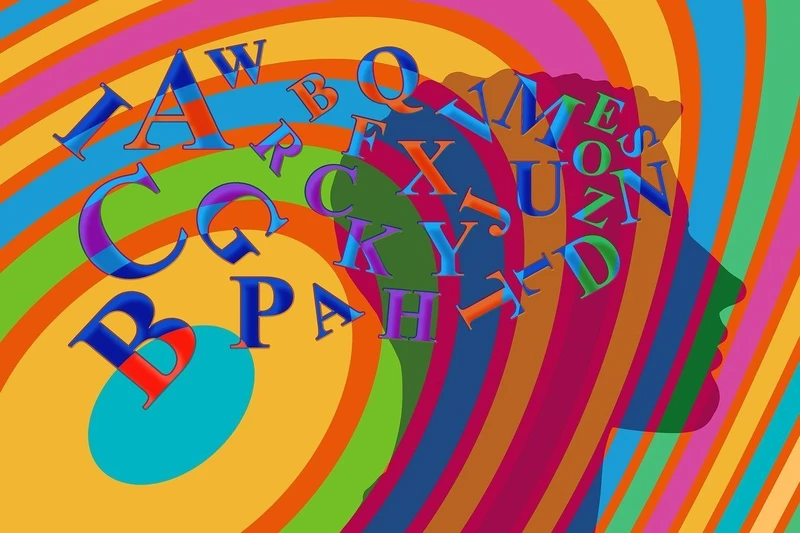Reading a person’s thoughts no longer seems like something fantastical. Previously, scientists managed to predict a person’s words during a regular conversation by decoding the electrical activity in the temporal lobe of the brain. After 11 years, the same team of California researchers was able to reconstruct a well-known Pink Floyd song from the brain waves of 29 individuals using nonlinear models.
As one of the authors of the study, Ludovic Belye, points out, non-invasive methods are simply not accurate enough today. However, he hopes that in the future it will be possible to read activity from deeper parts of the brain with good signal quality just by using electrodes placed externally on the skull.
How was the reading of thoughts from the brain done through the song?
Scientists decided to play a song by the iconic band Pink Floyd at the Medical Center hospital in New York while neurobiologists were preparing to perform surgical operations on patients. A total of 29 patients with epilepsy voluntarily participated in the study, having had strips with 2,668 electrodes surgically implanted in their brains.
Participants in the experiment passively listened to a hit from 1979 while being prepared for epilepsy surgery. They were instructed to listen carefully to the song, which lasted 190.72 seconds, without focusing on any specific details.

In addition to reconstructing stimuli, the researchers also applied a coding approach. This allowed them to test whether recent speech data generalizes to music perception. Coding models predict neural activity at one electrode based on the representation of the stimulus.
Then the team used artificial intelligence software to decode neural activity and was able to reconstruct a song from brain recordings. This was the first instance of a song being reconstructed from intracranial electroencephalography (iEEG) recordings.
One step closer to reading minds.
Researchers successfully reconstructed a recognizable song from direct neural recordings and quantitatively assessed the impact of various factors on decoding accuracy. They found a dominance of the right hemisphere in music perception, with the superior temporal gyrus playing a key role, and identified a new subregion of the latter that is tuned to musical rhythm.
Scientists believe this could be a true innovative breakthrough for people with communication difficulties. Recordings from electrodes on the surface of the brain have previously been used to decode speech. However, current research by scientists may help recreate the musicality of speech, which would enhance modern robotic reconstructions.

According to the co-author of the study, Professor Robert Knight, in an interview with the publication Interestingengineering This is a great result. In his opinion, one of the features of music is that it has prosodic and emotional content.
According to Mr. Knight, as the entire field of brain-machine interfaces progresses, it opens up the possibility of adding musicality to future brain implants for those in need. This could be beneficial for individuals with neurological disorders or developmental disorders that lead to disabilities and impair speech output, or for those who have experienced a stroke or paralysis. Researchers also hope that one day, recording neural activity will be possible without invasive surgeries, involving reading thoughts from the brain using sensitive electrodes attached to the scalp.
